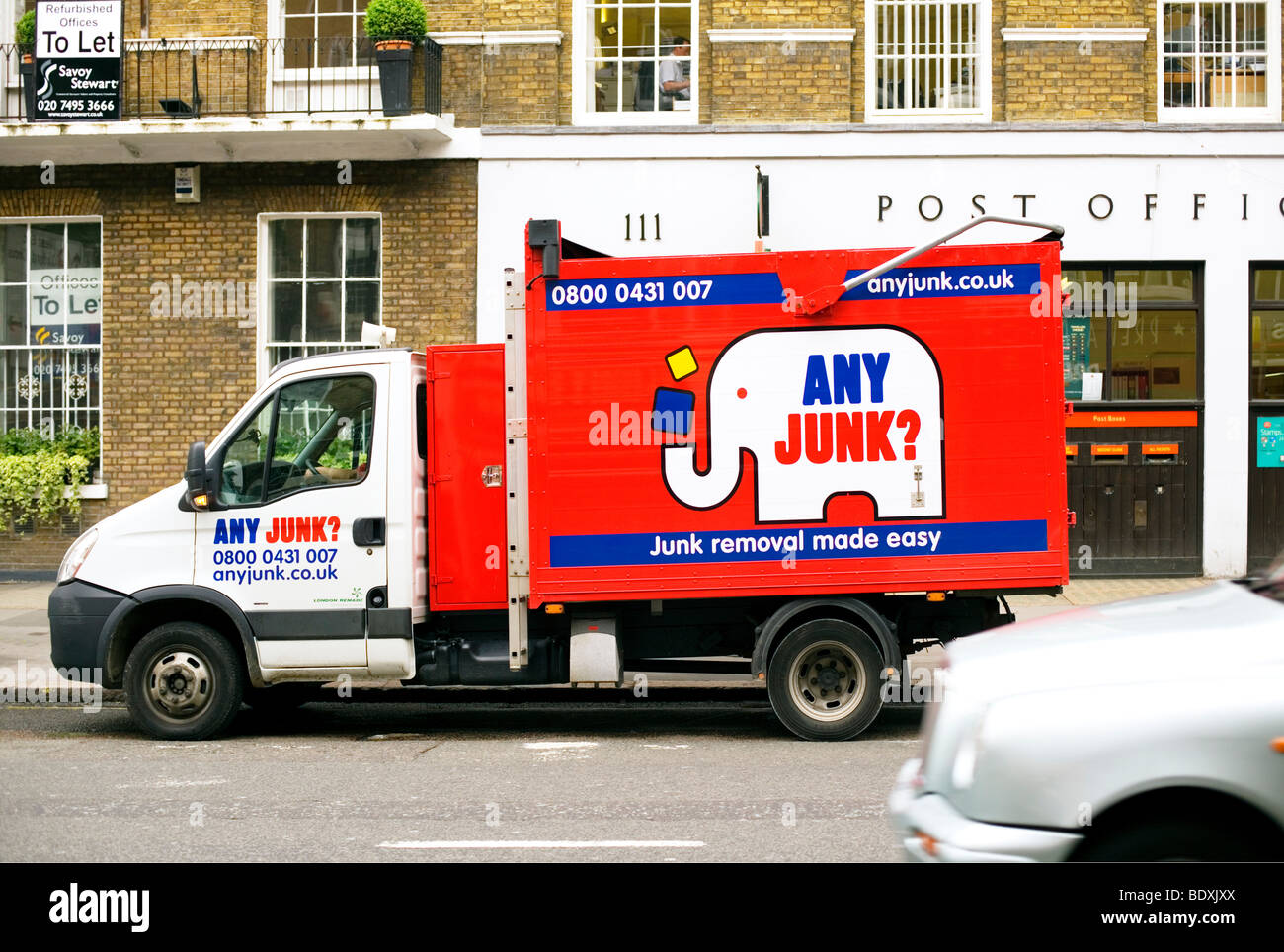Exactly How To Choose The Right Dumpster Dimension For Your Project: A Comprehensive Overview
Exactly How To Choose The Right Dumpster Dimension For Your Project: A Comprehensive Overview
Blog Article
Write-Up Created By-Finnegan Duckworth
When starting a job that calls for a dumpster, the dimension you select can considerably affect its performance and cost-effectiveness. Picture having the excellent container that suits all your waste without being exceedingly big or too little. It all beginnings with recognizing the nuances of your job and choosing a dumpster dimension that lines up with your particular demands. So, before you make a decision, consider the variables at play to ensure a seamless waste administration procedure from start to finish.
Variables to Think about
When choosing the ideal dumpster size, there are several vital factors to think about.
Initially, consider the sort of waste you'll be dealing with. dumpster company may require varying amounts of space, so recognizing what you'll be putting in the dumpster is important.
Next, evaluate the quantity of waste you expect to generate. If you underestimate the quantity, you may need to make numerous trips to get rid of whatever, which can be bothersome and expensive. On the other hand, renting a dumpster that's also big can result in unneeded costs.
In addition, consider the area where the dumpster will be positioned. Guarantee there's enough room for the dumpster to be delivered and grabbed without any obstructions.
Last but not least, think about any weight restrictions that may apply. Exceeding the weight limitation can lead to additional fees or even the rejection of service.
Dumpster Size Options
For picking the right dumpster size, it's essential to have a mutual understanding of the readily available alternatives. Dumpster dimensions generally range from 10 to 40 cubic yards, with variants in between.
A 10-yard dumpster appropriates for tiny jobs like a garage cleanout or a little remodelling. If you're dealing with a medium-sized job such as a cooking area remodel or a basement cleanout, a 20-yard dumpster could be the ideal choice.
For larger projects like a whole-house restoration or commercial construction, a 30 or 40-yard dumpster could be more suitable to fit the quantity of waste created.
When selecting a dumpster dimension, take into consideration the quantity and type of debris you anticipate to take care of. It's far better to pick a somewhat larger size if you're unclear to prevent overfilling. Bear in mind, it's more economical to rent out a dumpster that fits your requirements instead of needing to purchase an added one.
Matching Dimension to Project
Ideally matching the dumpster dimension to your project is important for efficient waste administration. To determine the appropriate size, take into consideration the scope and nature of your task.
For little family cleanouts or improvements, a 10-yard dumpster may be sufficient. These are commonly 12 feet long and can hold around 4 pickup truck lots of waste.
For bigger jobs like remodeling numerous rooms or cleaning out a huge estate, a 20-yard dumpster might be more suitable. These are around 22 feet long and can hold approximately 8 pickup truck tons.
If https://richmondbizsense.com/2021/08/05/dumpster-rental-startup-dives-into-new-scotts-addition-headquarters/ dealing with a significant construction task or commercial renovation, a 30-yard dumpster could be the best fit. mouse click the next document are about 22 feet long and can accommodate about 12 pickup lots of debris.
Matching the dumpster dimension to your job guarantees you have adequate room for all waste materials without paying too much for unused ability.
Conclusion
In conclusion, selecting the appropriate dumpster size for your job is critical for effective garbage disposal. By considering elements like the kind and quantity of waste, area accessibility, weight limitations, and budget plan constraints, you can ensure you have the ideal dimension dumpster for your demands. Make certain to match the size of the dumpster to the extent and nature of your project to stay clear of overspending on unnecessary costs.
